How do you improve an old block foundation with no insulation or exterior moisture barrier?
my house is 80+ years old; stucco clad; cinder block foundation which is 42" to 48" below grade; walls 30-32" above grade which slopes down and away from foundation/wall intersect. Basement walls parged and painted with mold resistant paint; floor painted. Auto dehumidifier always on 24/7 year after year; fan oscillating at rear of basement; try to keep humidity around 55%. Had energy assessment done - was recommended to instal blanket insulate floor to joist with 6 mil poly which was completed 2015. Last summer, hot humid weather here near north shore of Lake Erie, dehumidifier died. Found little 2-3" wide puddles along north wall, condensation inside poly at joists. Moved wall shelving from east wall and found very large puddling, some apparently had been there prior to this latest addition of moisture (along east wall). Have had 7 fellas in to give me the news but all were differing opinions as to source and solution--1 fella just saying he 'just didn't know". Along the east wall from corner over,I've cut away the black liner, pink batt and poly - all wet inside with small mold spots on what used to be a white wall. I've also removed the batts at the joists - which also are white and showing efflorescence. What can I do to provide some warmth down there and keep moisture from invading my sweet little old home??





















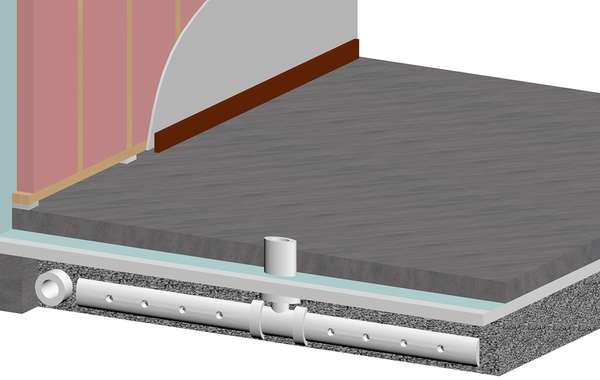
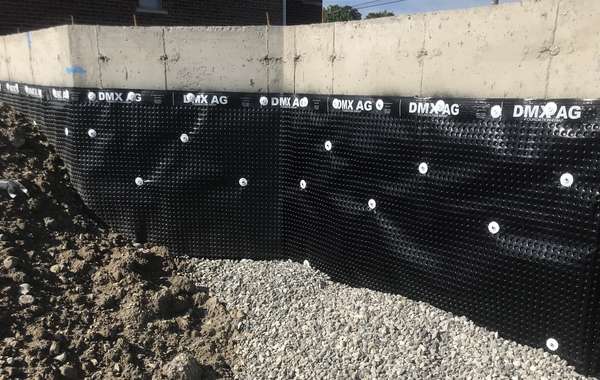

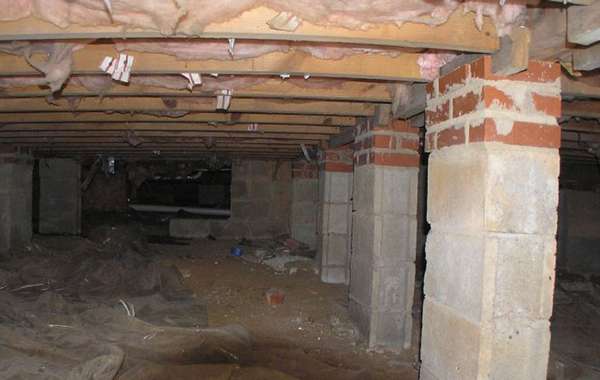
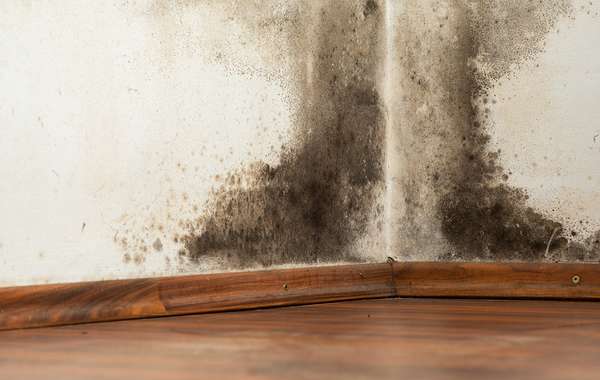
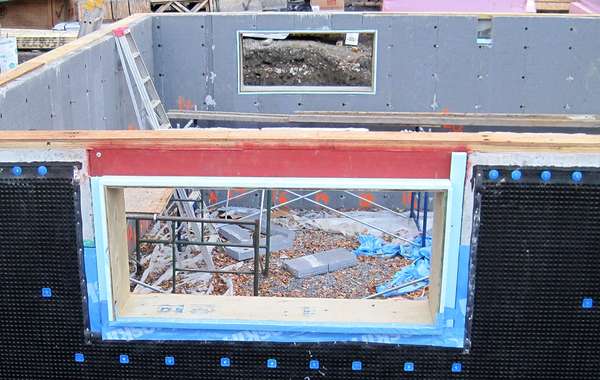
Let me know if I got this right - you mean you installed fiberglass batt insulation against the block wall then poly? If so - remove the poly it will hold moisture in the wall when it needs to be able to escape. That's why its wet and moldy. Read here first -
Why basements are moldy and how to insulate basements properly
That page will explain, but the short story is you should never have a poly vapor barrier sealing insulation and framed walls against concrete. Concrete is wet, so are unprotected cinderblock walls, and the poly prevents the wall from drying. And I would recommend you read this page too -
Sustainable basement waterproofing solutions for flood-prone homes
As for puddling, that sounds like an awful lot of moisture so my first thought is that it is not from the trapped moisture, but maybe bulk water on the surface. Water should always be directed away from the foundation on at least a 5 degree slope, especially when you have no exterior waterproofing membrane.
Insulation if probably fine if the mortar between blocks is not cracked or blocks shifting at all, but read here as well first about what causes frost heave and how to prevent it when buildilng basements. But you should absolutely get a dehumidifier back operating as soon as you can or it will soon start to smell musty and moldy in the living space above. Have a read on those pages and let me know in more detail what's going on and we can probably help more - is there a wooden stud wall, is there drywall, is the basement floor insulated, is it concrere or dirt, and do you use it as living space or just storage?
Hi, thanks for your attention to this. Since first contacting you, I have removed all the poly with the attached pink batt blanket and black underlay. The poly was wrapped around a metal band. 165 1" nails with plastic collars were used to attach this blanket at top, middle and bottom of the 2 walls. The walls are 6'5" with 2 1/2" space to bottom of joists. (don't know how to remove concrete nails). I removed the batts from the rim joists as well -- all was wet.
All the houses in this lake-side town sit on rock/shale and clay. My house sits pretty high. There is no sump pump - never has been, nor any dry wall. The block walls were parged and painted. The uninsulated concrete floor was also painted. I use the basement to house a 2nd fridge, storage shelving and I have work table for sewing. Washer, dryer, laundry tub, and short counter run along the south wall - where there is no problem.
2007 I had roofing, decking, eave troughs (with guards) and down spouts replaced; only, instead of 3 downspouts, there are now only 2: 1 at north west corner and 1 at south east corner. The north east corner doesn't have a spout anymore. At that corner and at the back of the house (east wall), there is a steep enough slope to the clay soil (it extends out about 8') that I put in a couple of steps to facilitate reaching the top of the slope.
Right now, the dehumidifier is going, a fan is oscillating along the north wall, there is a musty smell and once it's dried out, I'm replacing the rim joist batts with XPS as per your site on air sealing basement. What else can I do to make basement more moisture proof and comfortable? What should I do with the block openings? I'm sure there's water in there, at least at the bottom. Should I have the north and east wall foundation exterior waterproofed? Another down spout added? Every person I discuss this with has a different answer - wish I could get 2 the same. Thanks so much for your information. W.